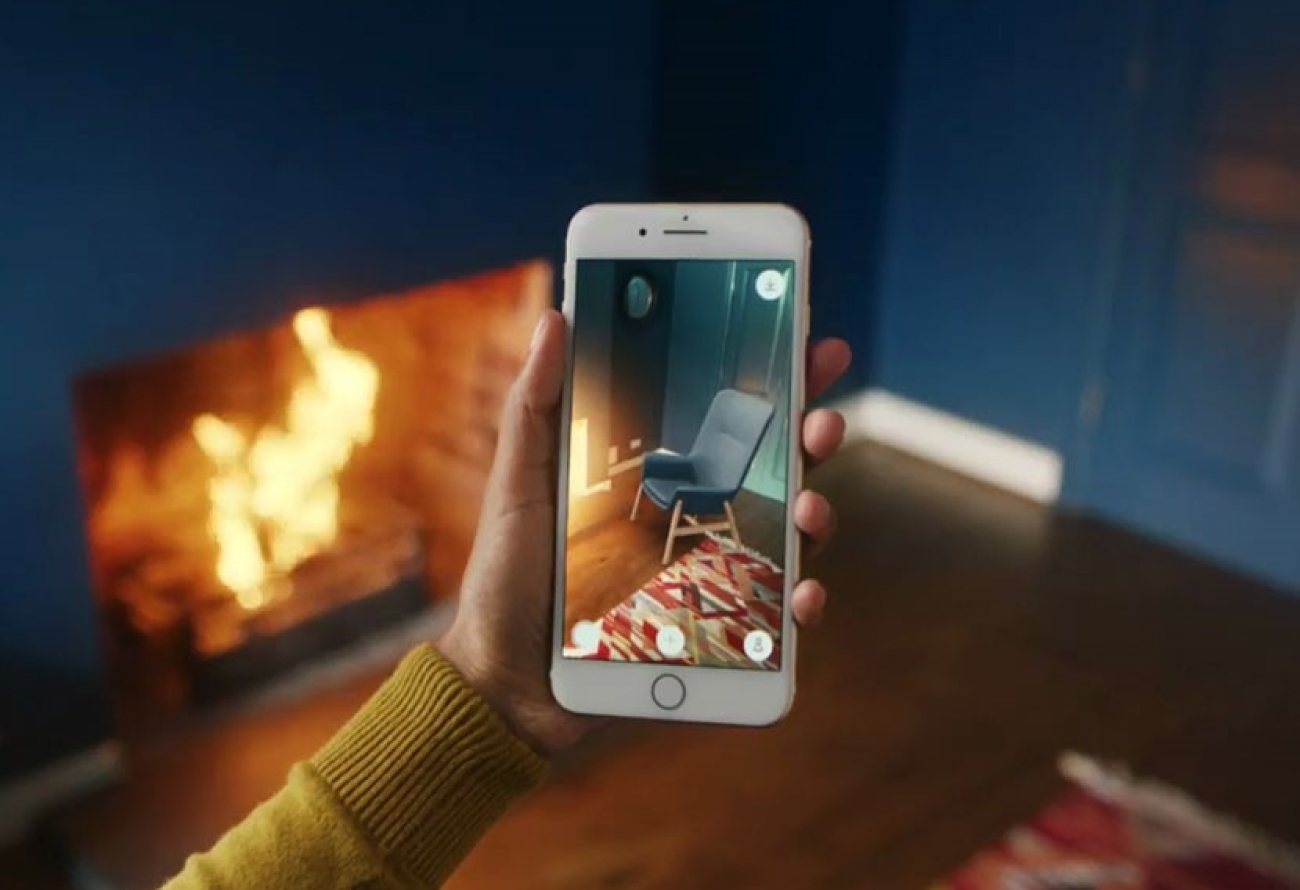
Augmented Reality
Augmented reality can be understood in a variety of ways, such as AR glasses that combine images of the immediate environment with computer graphics, or a smartphone screen that does the same thing by using the phone’s camera to see and manipulate the world in front of it. With the advances in AR technology, these examples are not too different from what is already available for your smartphone. Augmented reality can, in fact, be used and is being used in countless ways, including Snapchat lenses, apps that help you find your car in a crowded parking lot, and even various shopping apps that let you try on clothes.
How is augmented reality different from VR?
They may seem like similar technologies — and they certainly have similar acronyms — but they are fundamentally different. Virtual reality (VR) creates a completely synthetic virtual world in a headset. As the user, you are placed inside a 3D environment and can then move around and interact with completely computer-generated elements.
AR, on the other hand, keeps you connected to the real world and overlays virtual elements as a visual layer within that environment. Immersive AR systems can combine computer elements with real-world elements with convincing depth, perspective, and other rendering features, and the AR system can meaningfully interact with the real environment, related synthetic elements, and “behind” real objects and otherwise interact with the real world.
Games aside, there are as many uses for AR in our daily lives as Pikachu unleashed in Pokemon GO. Here are just a few examples:
Advanced navigation systems use augmented reality to overlay a route on top of a live image of the road. During football games, broadcasters use AR to draw lines on the field to illustrate and analyze plays. Furniture and home goods giant IKEA offers an AR app (called IKEA Place) that lets you see how a piece of furniture will look and fit in your space. Military fighter pilots see AR projections of altitude, speed, and other data on their helmet visors, meaning they don’t have to look down and waste their focus to see them. Neurosurgeons sometimes use AR projections of a 3D brain to assist them in surgeries. AR can bring the past to life at historical sites like Pompeii in Italy, by projecting images of ancient civilizations onto today’s ruins. Ground crews at a Singapore airport are speeding up loading times by wearing AR glasses to see information on cargo containers.

